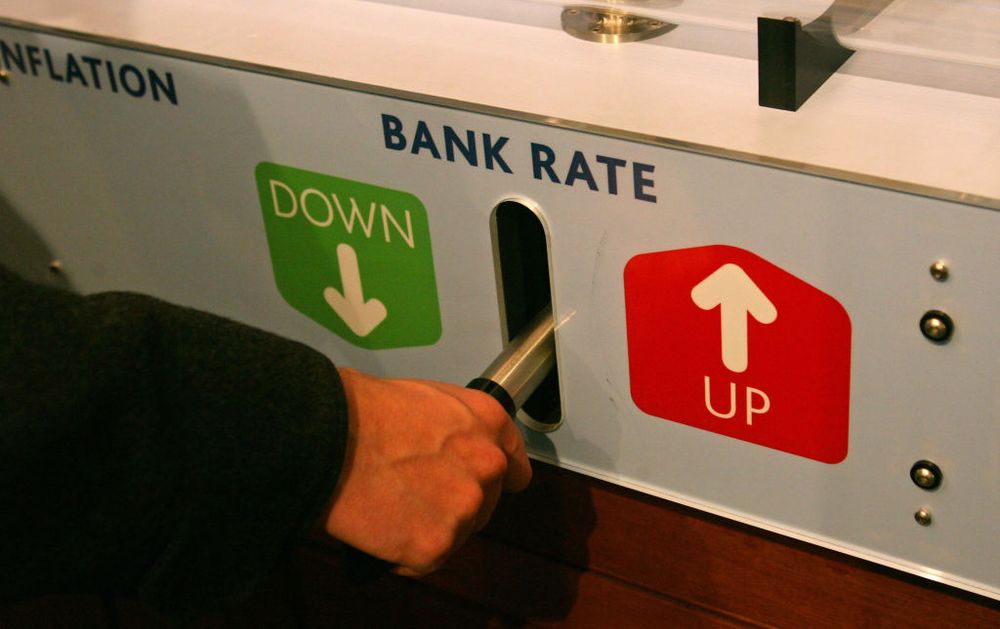INFLATION TARGETING IN INDIA
2020 OCT 22
Mains >
Economic Development > Indian Economy and issues > Inflation

WHY IN NEWS:
- Retail inflation in India rose above the central bank's medium-term target in Sept 2020 as food prices climbed due to lingering supply disruptions
BACKGROUND:
- Inflation targeting is basically a monetary policy system wherein the central bank of a country (RBI in India) has a specific target inflation rate for the medium-term and publicises this rate.
- A central bank seeks to readjust its monetary policy by doing inflation targeting.
- This is done by raising or lowering interest rates based on above-target or below-target inflation, respectively.
- The conventional wisdom is that raising interest rates usually cools the economy to rein in inflation; lowering interest rates usually accelerates the economy, thereby boosting inflation
- RBI and Government of India signed a Monetary Policy Framework Agreement in February 2015.
- As per terms of the agreement, the objective of monetary policy framework would be primarily to maintain price stability (inflation targeting), while keeping in mind the objective of growth.
- According to the agreement, RBI would aim to contain consumer price inflation within 4% with a band of (+/-) 2% for all subsequent years.
NEED FOR INFLATION TARGETING:
- To respond to shocks to the domestic economy
- Inflation targeting allows monetary policy to “focus on domestic considerations and to respond to shocks to the domestic economy”, which is not possible under a fixed-exchange-rate system.
- To ensure transparency
- Transparency is another key benefit of inflation targeting. Central banks in developed countries that have successfully implemented inflation targeting tend to “maintain regular channels of communication with the public”.
- To increase RBI’s accountability:
- An explicit numerical inflation target increases a central bank’s accountability, and thus it is less likely that the central bank falls prey to the time-inconsistency trap. This accountability is especially significant because even countries with weak institutions can build public support for an independent central bank.
ISSUES WITH CURRENT SYSTEM:
- The global financial crisis has led to a substantial re-thinking of macroeconomics.
- The main revisions are that monetary policy defined by inflation targeting can no longer be treated as the centrepiece of macroeconomic policy,
- Fiscal policy should be used to stabilise the economy when needed and that financial regulation is a must.
- The limitation of inflation targeting was understood when the great moderation (an extended period of low inflation in western countries like the US and EU) ended in the financial crisis.
- Central Bank’s focus on inflation targeting lost sight of the emerging financial instability.
- Declining investment:
- Inflation targeting in India has coincided with a substantial rise in the real policy rate. This has been accompanied by declining borrowing in the formal sector likely affecting investment.
- Target based approach is ineffective:
- The target set in Monetary Policy Framework Agreement was in contrast with the multiple indicator approach that predated this framework where the central bank focused on both growth and price stability.
- Low inflation and macroeconomic stability is not leading to job creation:
- Macroeconomic stability defined by low inflation had failed to create enough jobs. Unemployment has been rising in the country (according to NSSO, unemployment in India has been highest in the last 45 years).
- Lack of independence of the central bank in India:
- There are limits to the effectiveness of monetary policy in containing inflation in the face of expansionary fiscal policy
- In the latter half of 2004 when inflation topped 8 percent in India and real interest rates had become negative, the RBI wanted to raise the bank rate to lower inflation but could not, under government pressure.
- Similarly in early 2005 the RBI publicly voiced concern over volatile FII inflows and suggested a fiscal approach to capping them. However, the government immediately blocked the move.
- Not addressing supply side issues:
- There is a propensity of inflation targeting to neglect output shocks by focusing solely on the price level.
- If there is a negative supply shock output falls and inflation rises; and if the central bank follows inflation targeting policy it will raise interest rates to lower inflation. The resulting drop in aggregate demand will further exacerbate the output drop
- Neglect on other factors:
- Leading economists argue that inflation targeting would maintain or enhance the transparency associated with a system based on stated targets, while restoring the balance missing from a monetary policy based solely on the goal of price stability, thus neglecting other factors of an economy as well.
- Lower inflation is achieved due to external factors, and not necessarily a result of our current system of inflation targeting:
- The inflation in most emerging markets came down in recent years because of global factors such as muted oil prices and the deflationary impact of the Chinese export boom.
- Our inflation target mechanism is narrow minded:
- Food inflation, which impacts the common people the most, is prone to supply-side bottlenecks, which are out of the scope of any remedy under the aegis of monetary policy of RBI.
- Practical difficulties in the implementation of Inflation Targeting:
- The high frequency data requirements including those of a fully dependable inflation rate for targeting purposes are yet to be made
CONCLUSION:
- RBI not only needs functional independence, but it needs to follow a more pragmatic financial policy.
- In this scenario, RBI’s role must now be redefined through a recalibrated monetary policy, which is in sync with changing economic conditions.
PRACTICE QUESTION:
Q. “Price stability is needed to create a stable environment for resource allocation”. In the light of this statements discuss the issues and prospects of inflation targeting policy in India?
